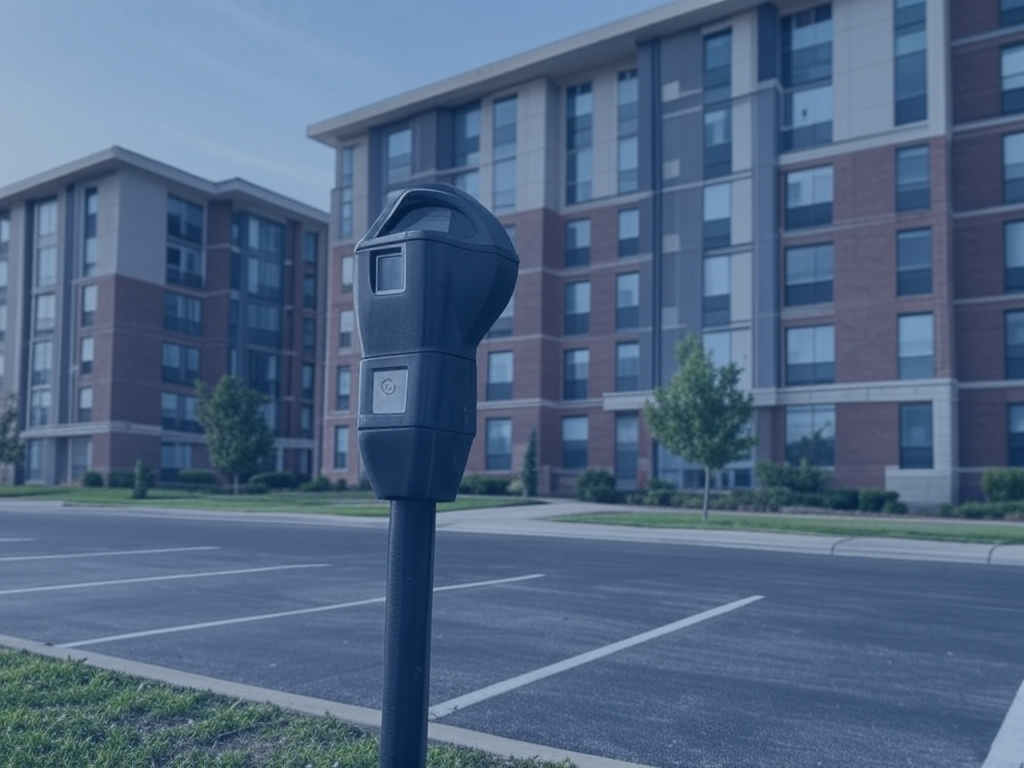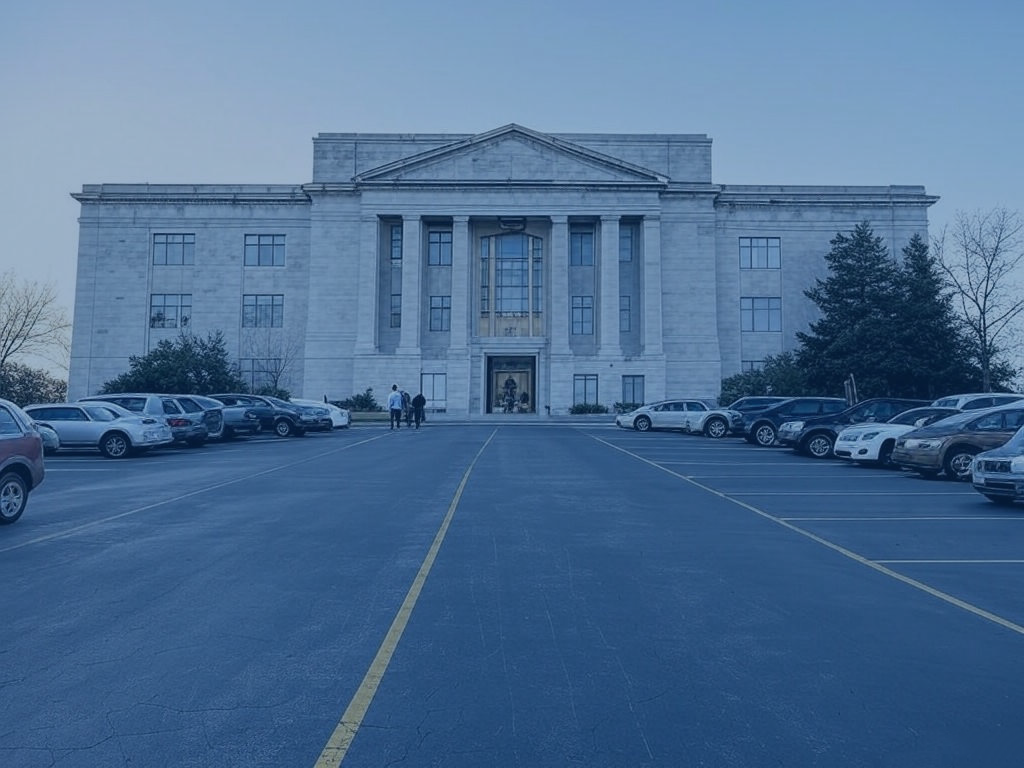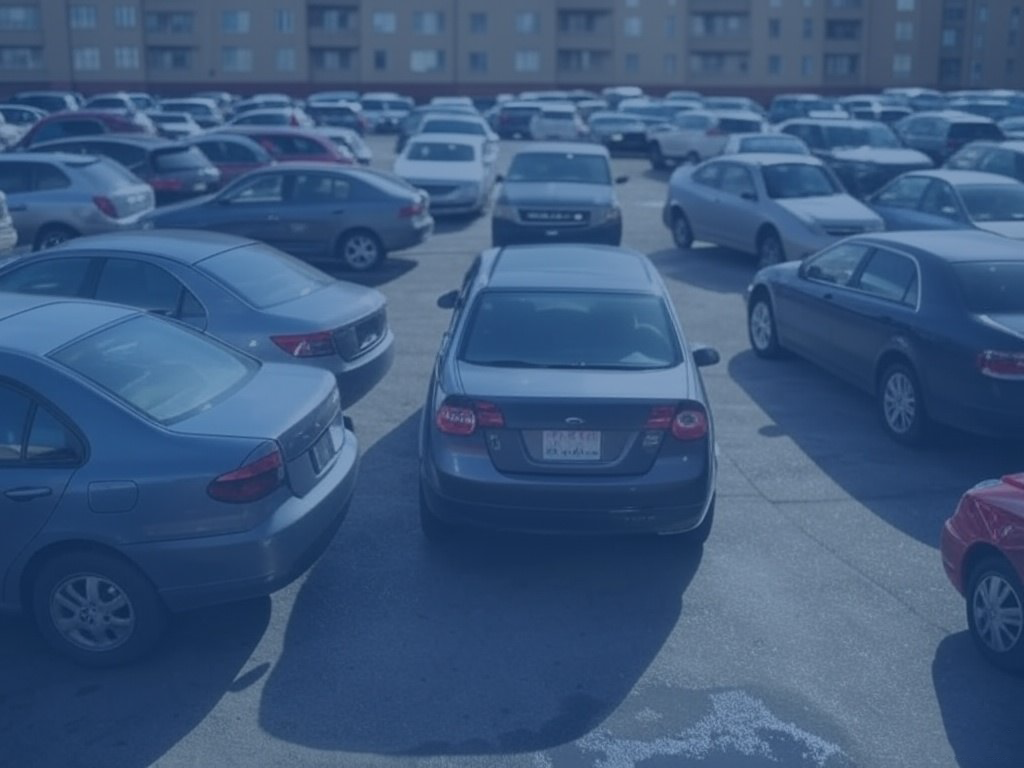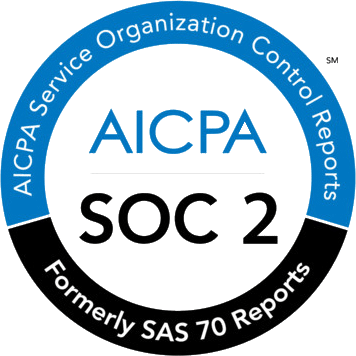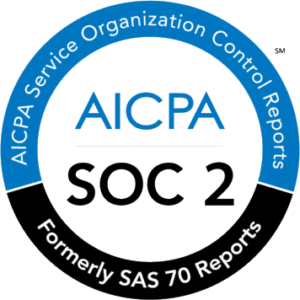Once upon a time the thought of paying for parking at work seemed absurd. Yet, the world is changing and fast. You’ve probably started to hear of one or two companies introducing paid parking at the office.
There are a couple of reasons that companies take this approach. This blogs digs into these motivations.
Table of Contents
Toggle1. Surplus Space
This reason is only really relevant to landlords and asset managers.
Many office owners have a supply of spare parking spaces. Potentially they have let out their building but the tenants didn’t option all the parking. Or they have one or two floors in a building which are slow to move, hence they have extra parking in the basement.
Traditionally there has been a hesitancy to rent out this spare space. Landlords were concerned about security implications. Letting strangers into the office car park doesn’t seem like a great idea.
While asset managers didn’t want to be tied down renting a space here and there. This which might impact their long-term ability to rent the spaces to tenants.
“The growth of products like Wayleadr is changing this. Landlords can now automate daily parking payments. Letting their tenants and more importantly their employees option spare space on a daily basis.”
This is growing in popularity as the landlord can still search for longer-term leases. While there is no security concerns as all the parkers already have access to the buildings as tenant employees.
Experience the future of parking management
Try Wayleadr for yourself and see how easy parking management can be
Sign Up2. Environment
According to research from the EU, the most effective way to reduce employee parking usage is to introduce paid parking.
When you think about it makes sense. Currently a lot of companies with free parking have employees making short journeys by car. A lot of these trips could be made as easily with alternative transport methods. However, many employees are creatures of culture and habit.
“By introducing parking charges even if at a very minimal level you are giving employees pause for thought. It is an obvious deterrent. Employees start to reflect on the cost of their commute and look at more cost effective options.”
This can help companies move the dial on commuter behaviour.
An increasingly popular option for employers is to tier their parking and payments. In practice, this means that senior management get free parking. While junior employees have to pay for the privilege.
In this way parking is positioned as a perk as opposed to a right.
3. Revenue
For many companies it is a question of revenue. Car parks are expensive to build. They aren’t cheap to rent either, particularly in dense urban areas. Many employers are paying a premium to provide parking facilities.
It makes sense for some of these companies to pass on the cost to employees. Obviously this approach would be unheard of for some companies. It can work quite well for employers who believe in a no-frills experience.
If managed poorly it can lead to revolt, so many companies like to ring-fence parking revenue. For example, it can soften the blow if it is put in a pool for company social events.
4. Flexibility
The world of work has changed radically over the last few years. The COVID pandemic has brought about major changes in how we use offices.
“Gone are the days where companies had 100s of assigned parking spaces which could only be used by fixed employees. Flexible working now means that parking is much more fluid.”
With large numbers of employees working from home a couple of days a week, parking demand is also more volatile. This means that companies experience surge periods and lull periods.
For employers in multi-tenant buildings managing this is becoming easier with products like Wayleadr. The software can automatically calculate parking demand on a given day. On quiet days, spare space can be made available to other tenants who may be experiencing a surge.
Meanwhile on busy days, the software can source extra space from other companies in the building who are on a lull day.
Tenants tend to agree a daily rate per space shared. This can be footed by the company but in many cases it is passed on the employees.
5. Legislation
Parking taxes and transport quotas for employers are growing across the world. As cities try to get a grip of traffic they are introducing measures to disincentivize employee parking.
For example in the UK a number of cities have introduced workplace parking levies. This means that companies have to pay an annual tax for each parking space they provide.
In some cases the companies pay this cost directly. Yet, in some cities the cost must be paid by the employee. Regardless, many companies are turning to employee parking charges to recoup the additional costs.
Wayleadr is the world’s leading provider of automated employee parking payments software. Schedule your demo today and discover how to introduce employee parking payments in minutes.

